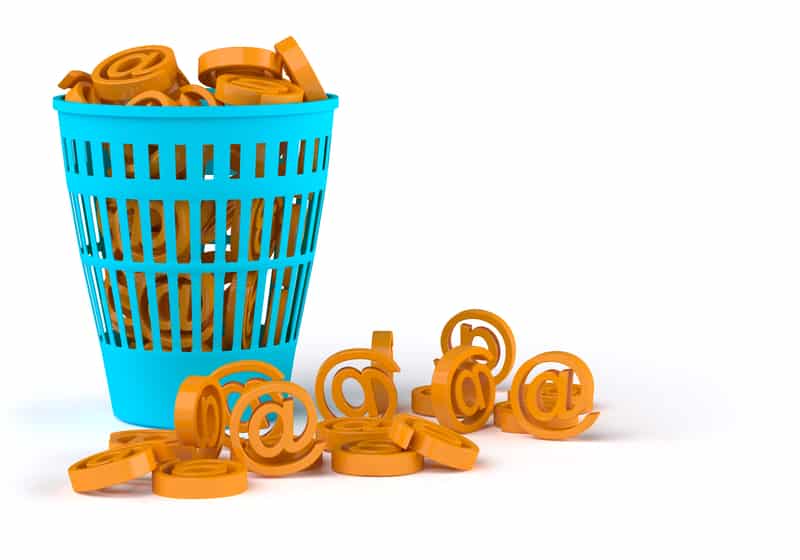Even the Pope, if he did email marketing would see himself asking this question from time to time (granted he might phrase it a little differently). This is hardly the first post I have done on the subject, but it’s always worth revisiting because it remains one of the biggest problems faced by email marketers today. I’m proud to say we are above this, but the latest data from Return Path shows 1 in 5 emails (on average) never sees the Inbox*. Here is a take a quote from an Hotmail’s whitepaper:
“Even a sender with impeccable practices, authentication, relevant content, and the expected frequency may see fluctuations in deliverability.”
If the majority of the email you send hits the Inbox, chances are your reputation is good. There are many factors that can send your carefully crafted email campaign to the junk box and here’s a few of them:
Is your From domain authenticated with SPF/DKIM? Don’t even ask why your email is not in the Inbox if you answered “No” to this question. ISPs have been using email authentication to validate senders for years and it’s time you did the same – with our built-in Validation Tool, there is no excuse if your From domain is not setup properly.
List Hygiene is paramount in today’s world of email delivery. Engagement is key and if you are not averaging a decent Open rate (above 20%) or your Bounce (
Content is still a big player in the fight against Spam and you should not take this for granted. An email full of pretty pictures is not going to look very nice if they have to go and fish it out of the Junk box. Keep a steady, balanced Image-to-text ratio of at least 60% text / 40% images.
Encourage your recipients to whitelist your From address by adding it to their Contact or “Safe” list. This will not only help prevent emails going to Junk, it will help improve your overall Sender Reputation! It should be mentioned in your first Welcome email and at the top of every campaign you send (especially for those folks who don’t open).
Compliance should be a given, but you always need to double check your content is compliant with Canada’s Anti-Spam Law (Bill C-28), CAN SPAM, EU General Data Protection Regulation (GDPR) and Cakemail’s Anti-Spam Policy.
Test, test, test.. check your content frequently for common spelling mistakes, make sure none of the URLs in your creative are blacklisted. If you don’t have access to an Inbox monitoring tool like Return Path, Litmus or Mailmonitor, this means setting up and testing with recipient accounts using various clients and major e-mail service providers to ensure that communications are being received in a desired fashion.
For other Tips & Tricks like this please refer to the Deliverability section of our blog or contact our Deliverability team.
Bye for now,
Kevin

